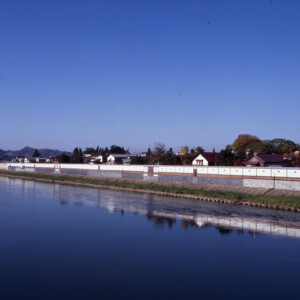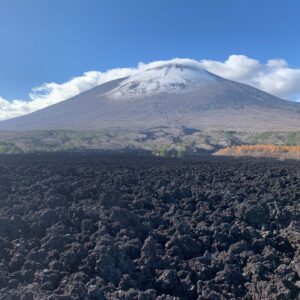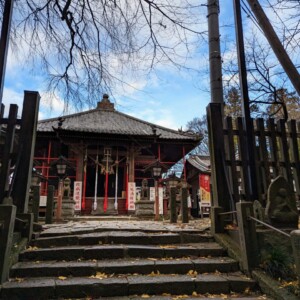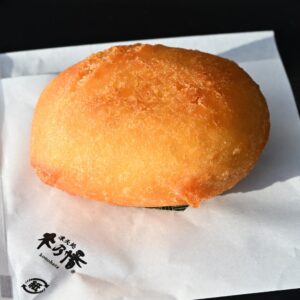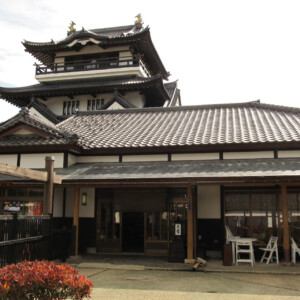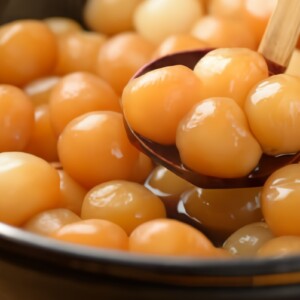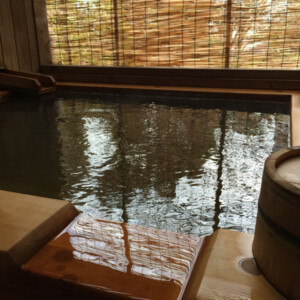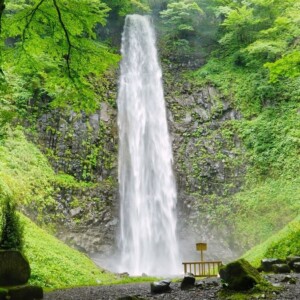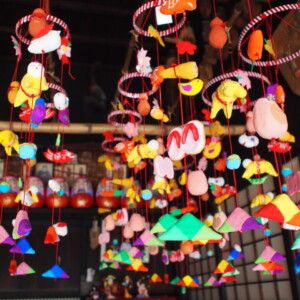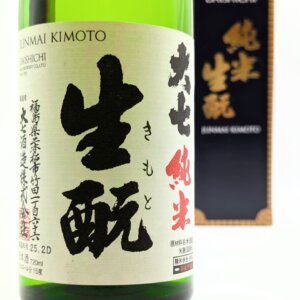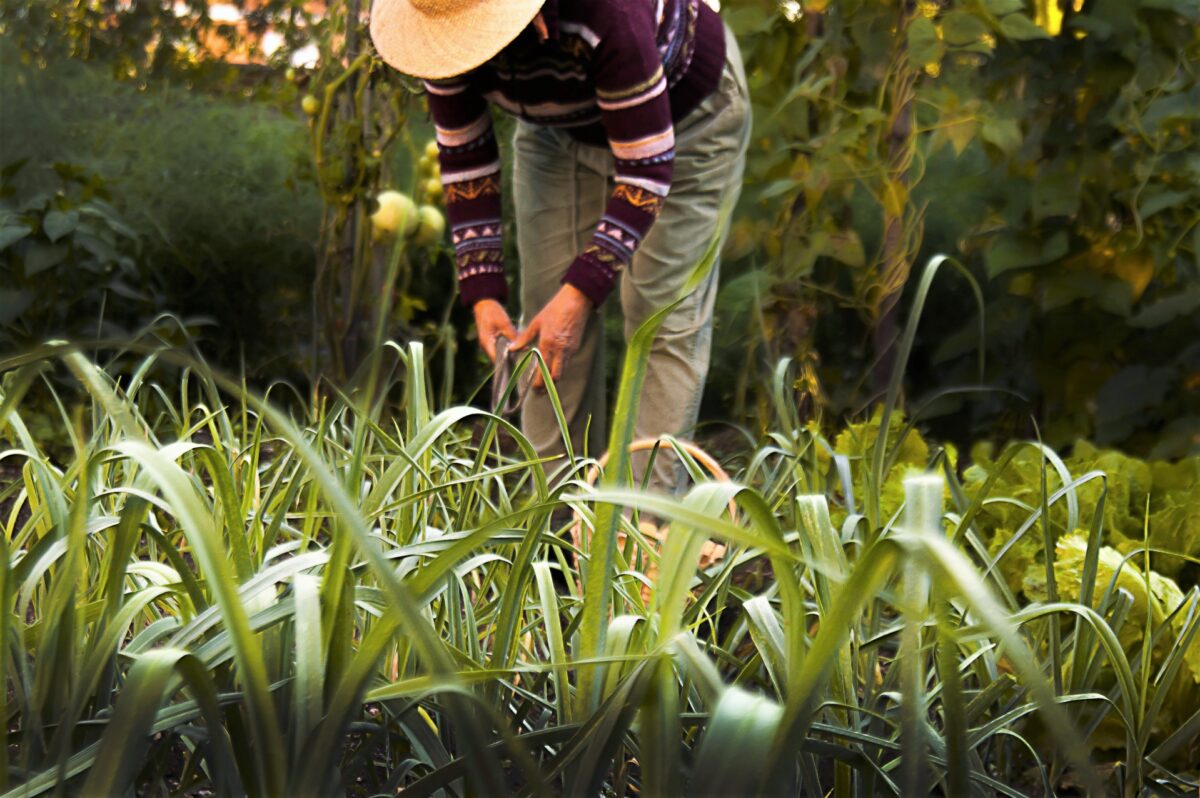
One of Japan's three largest frontier towns! Exploring its history filled with frontier spirit [Yabuki Town, Fukushima Prefecture]
table of contents
you know that there are areas known as Three Great Frontiers of Japan
Yabuki Town is now a thriving agricultural town producing rice and vegetables, but its history was woven by the frontier spirit of its ancestors
This article will introduce the town's current attractions as well as its history
What kind of town is Yabuki?
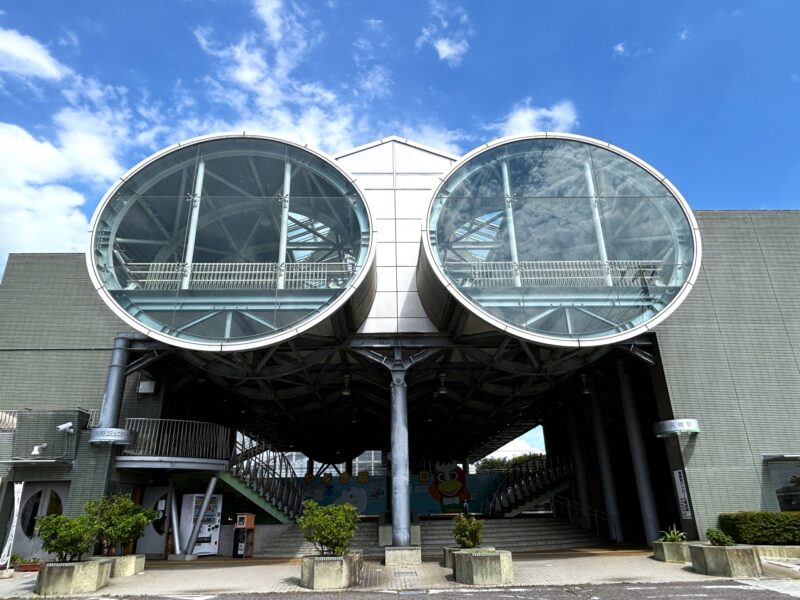
Yabuki Town is located in Nishishirakawa District, Fukushima Prefecture. The name Yabuki is said to have originated from a shrine that was established by the Genji clan during the late Heian period on their way back to their camp after a war in Oshu. The shrine is called "Yabuki" because its roof is made of arrow shafts, which is said to be the origin of the place name "Yabuki."
The town's history dates back to the long period of rule by the Ishikawa clan, and it developed as a key transportation hub and post town, serving as the dividing point between the Oshu Kaido and Tanagura Kaido roads. During the Meiji period, the Iwase Imperial Hunting Ground was opened, and pheasant hunting was carried out. It seems that ordinary people also had the custom of cooking pheasant meat on special occasions
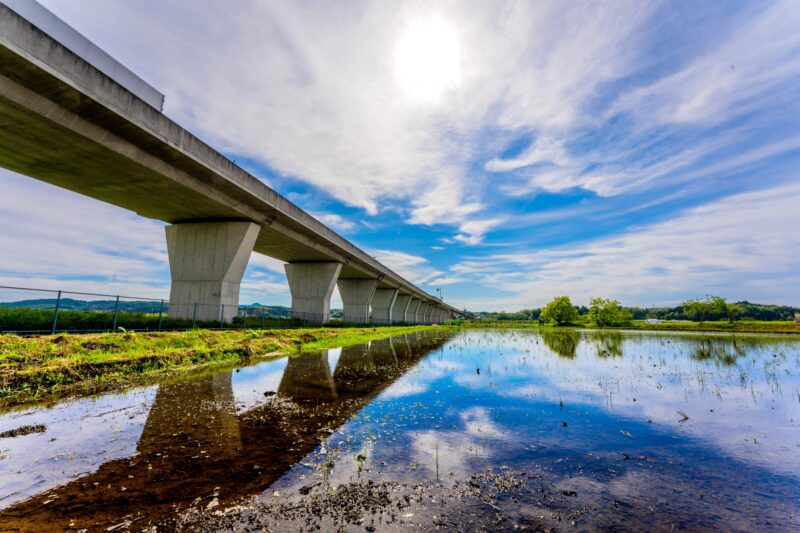
The town was once a key transportation hub, and its accessibility remains outstanding even today. The town is blessed with excellent accessibility, with the Yabuki Chuo Interchange connecting the Tohoku Expressway and Abukuma Kogen Road located within the town, and neighboring cities and towns having stations on the Tohoku Shinkansen and Fukushima Airport
The town's scenery is also attractive. More than half of the town's area is farmland, and there is a lot of gently sloping flat land, so rural landscapes that stretch into the distance spread all over the town. Yabuki is now a town with a thriving agricultural industry, but much of its appearance was created in the Showa era. It is the result of a history of fierce development
What is the history of Yabuki Town's development?
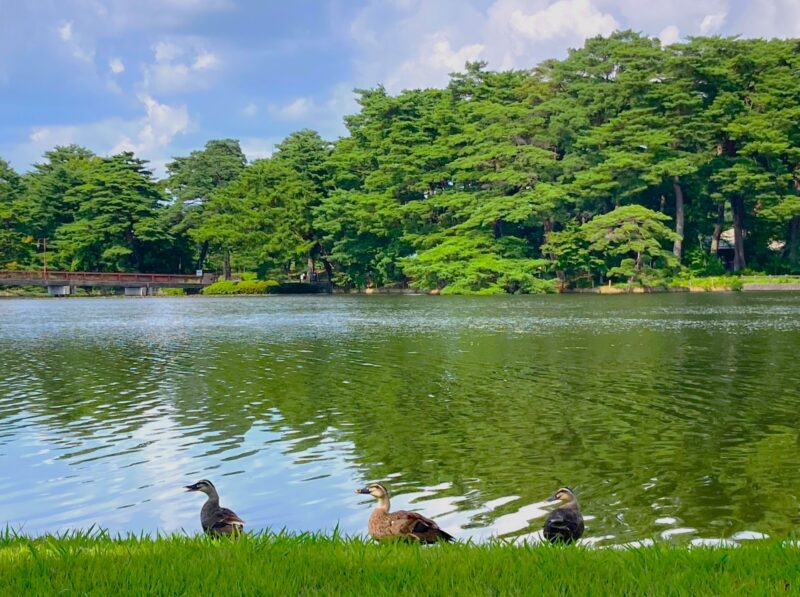
In fact, Yabuki Town was originally not a place that could be said to be suitable for agriculture. The biggest obstacle was securing water for agricultural use
The flat plateau was home to a shallow riverbed, meaning it was difficult to draw water. As a result, the living area of people in the Yabuki area was concentrated in the river basin. The rest of the area was untouched wilderness, home to many wild animals. As farmland development did not progress as expected, crop yields were low, and conflicts seemed to break out whenever there was a poor harvest or water shortage
As the Meiji Restoration progressed, Yabuki-cho was designated as an imperial estate and the Imperial Household Agency opened a reclamation office there. However, it remained difficult to obtain water for agricultural use, and reclamation did not progress as expected. In order to change this situation in Yabuki-cho, Hoshi Kichiemon .
Hoshi was a man who achieved success in expanding cultivated land by constructing water intake dams in the early Meiji period. However, aiming for a more fundamental solution, Hoshi embarked on a major project that would devote his life to it. He devised a plan to dam the water of the Unuma River in the Hatori area of Ten'ei village, adjacent to Yabukigahara, increase the water flow of the Sumido River, and use the water for agricultural use in Yabukigahara
This plan was meticulously thought out, down to the costs and blueprints, but due to a lack of funding from the prefecture and opposition from residents of the Unuma River basin, it was abandoned without being put into action. Hoshi then tried to change the plan by using Lake Inawashiro as a water source, but this also failed
Hoshi passed away in 1908 without seeing his plan come to fruition. However, his will was carried on by local residents, who repeatedly petitioned the prefecture and the national government for the water intake construction work. Just when it seemed like positive signs were emerging, the work was halted due to social conditions or other problems... After a series of back and forth, the turning point came with the food shortage after the end of the Pacific War. As the food shortage worsened, expanding arable land became an urgent matter for the entire country. Finally, in 1950, construction of Hatori Dam was resumed under national leadership, and the dam opened in 1955. This marked the completion of the core construction of the Hatori Canal
However, even though water was secured, cultivating such vast tracts of farmland was no easy task. At the time, all land reclamation work was done by hand. Even when the fields were finally plowed, the poor red soil meant that the yields did not increase as expected. The grueling land reclamation work continued, while the people stave off hunger with food rations that were far from sufficient. It was only thanks to the tireless efforts of the local residents that 1,500 hectares of rice paddies were cultivated under such harsh conditions
Today, Yabuki Town is home to the Fukushima Prefectural Agricultural Junior College, and is a region that nurtures the next generation of agricultural leaders. Furthermore, the reclamation project surrounding Yabuki Town is one of the largest in Japan. Together with Towada City in Aomori Prefecture and Kawaminami Town in Miyazaki Prefecture, both of which underwent similar large-scale reclamation, these three cities and towns are known as " Japan's Three Greatest Reclamation Areas ," and are working to pass on the achievements of their predecessors to the future.
Yabuki Town and pheasants have an inseparable relationship
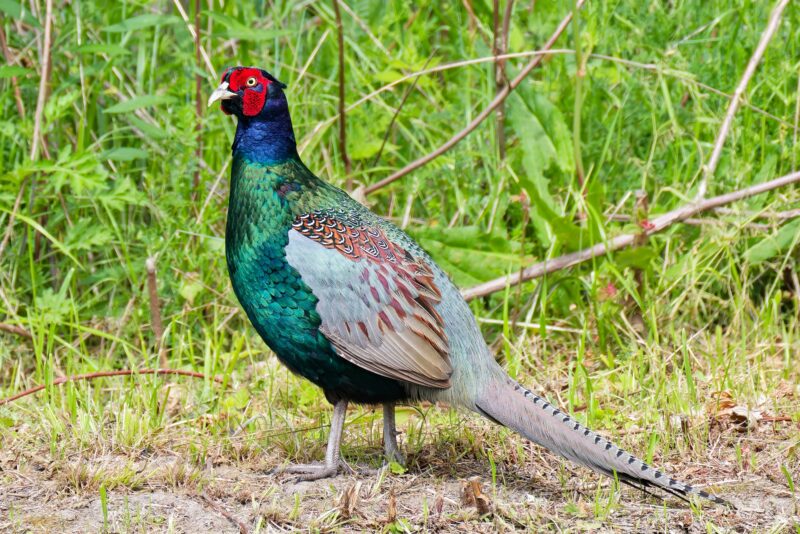
Yabuki Town currently designates the pheasant as its town bird. Yabuki Town was an official pheasant hunting ground during the Meiji period, and local cuisine using pheasant meat has been eaten since ancient times. Pheasant meat is rich in protein and has a characteristically chewy texture. Even today, Yabuki Town is working hard to promote the town with the catchphrase "Yabuki, the Pheasant Village."
The town also has a PR mascot, " Yabukiji-kun, " based on a pheasant. In the past, he was popular as a "tyrant character," which is rare for a mascot character.
Experience the history of pioneering in Yabuki Town
This time we will be focusing on the history of development in Yabuki Town, Nishishirakawa District, Fukushima Prefecture
Yabuki Town is now covered with vast expanses of farmland, but originally it was difficult to obtain water for agricultural use. For a long time, the area was covered with untouched wilderness. The town's current appearance is the result of the tremendous efforts of its residents. When you visit Yabuki Town, we hope you will experience the greatness of its frontier spirit for yourself



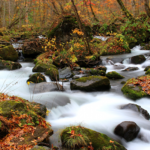
![[Towada City, Aomori Prefecture] An oasis of art that resonates with the future! Towada City Museum of Contemporary Art 26543782_m](https://jp.neft.asia/wp-content/uploads/2023/05/26543782_m-150x150.jpg)
![What is Koriyama brand vegetables? [Green Sweet Edition] I cooked and tried it! Koriyama brand vegetables [Green Sweet]](https://jp.neft.asia/wp-content/uploads/2024/09/IMG_8104-150x150.jpg)
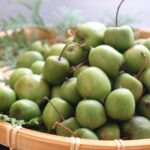
![Local Report: First time in Tohoku! Staying in a comfortable "container hotel" with a unique concept! [Yabuki Town, Fukushima Prefecture] Container Catch](https://jp.neft.asia/wp-content/uploads/2025/06/7e4593659247f00ef0e0c3c4cbbcc7ae-150x150.jpg)
![[Fukushima Prefecture] Ouchi-juku, a post town that is full of Aizu's history and landscapes Ouchi-juku (miniature style)](https://jp.neft.asia/wp-content/uploads/2016/09/1686726_m-150x150.jpg)
![Akita's Kitchen [Akita Citizen Market] From dinner ingredients to souvenirs! a1701](https://jp.neft.asia/wp-content/uploads/2017/07/a1701-150x150.png)
![[Sendai City, Miyagi Prefecture] Sendai Umino-Mori Aquarium realistically reproduces the sea of Sanriku! A large school of sardines dances 2a0ffc7c28ccc082a4b110c8bbbaf207_m](https://jp.neft.asia/wp-content/uploads/2017/09/2a0ffc7c28ccc082a4b110c8bbbaf207_m-150x150.png)

